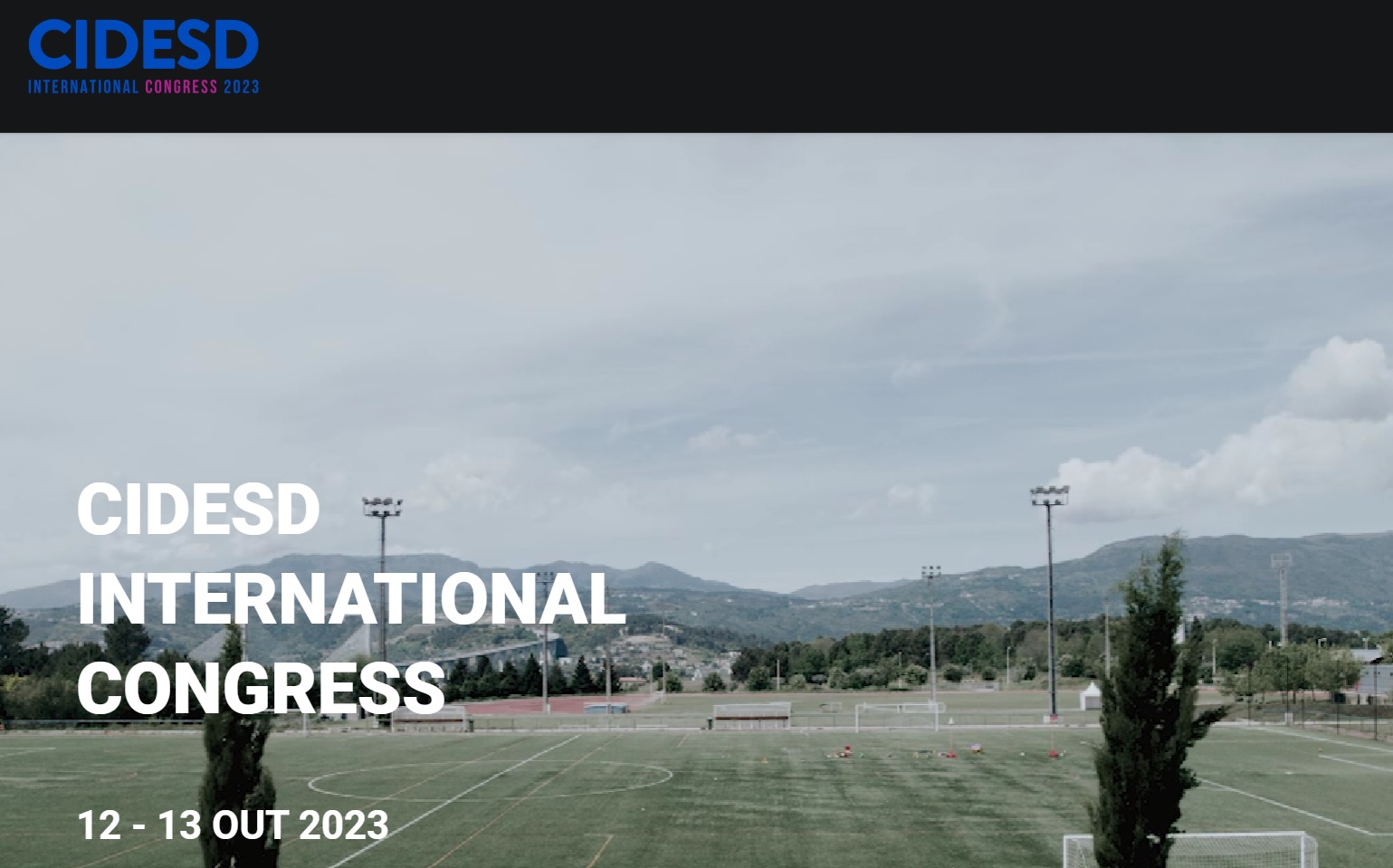Non-Invasive Brain Stimulation and Physical Exercises with High Cognitive Demand Delayed the Effects of Mild Cognitive Decline
DOI:
https://doi.org/10.6063/motricidade.31734Keywords:
Mild Cognitive Impairment, Brain Stimulation, Aging, Dual Task, Physical ExercisesAbstract
Studies have revealed the efficacy of non-pharmacological therapeutic interventions in slowing or delaying the onset and evolution of symptoms. Among them is physical and cognitive stimulation (Ferretti, 2016; Hernandez, Coelho, Gobbi, & Stella, 2010), which, in turn, prevent motor inactivity through the practice of physical and cognitive exercises through the activation of specific neurological functions. So, the non-invasive brain activity modulation associated with the practice of physical exercises may improve elderlies' functional autonomy and cognition. The aim of this study was to assess the effect of non-invasive brain activity modulation technique, associated with the practice of physical exercises with high cognitive demand on the functional autonomy and cognitive variables of the elderly with mild cognitive impairments. The study was registered with the Brazilian Registry of Clinical Trials (UTN Number: U1111-1249-0494). One hundred and forty elderly diagnosed with MCI, aged 60 or over, of both sexes, were divided into two groups. A control group (CG, n = 68, = 74.6, and an experimental group (EG, n=70, = 71.4 ) were formed. The cognitive and functional variables of participants were measured. Non-invasive brain stimulation (NIBS) and physical exercises with high cognitive demand were used for intervention. The CG participants remained with their normal activities, which included participation in the memory workshop activities. The EG had sessions once a week, with a mix of NIBS protocol and practice exercises with high cognitive demand. Both groups got a 7-week period between the evaluations. Although we did not find significant differences in all assessed variables (figure 1), the EG group had better functional development. In our study, there was no strict control as to the intensity of motor tasks and no addition of overload in order to actually stimulate physiological mechanisms responsible for promoting gains in physical variables. The intervention promoted a reduction of dementia effects, despite the lack of statistical significance, the EG obtained more positive results when compared to the CG.
Downloads
Published
Issue
Section
License
The authors of submitted manuscripts must transfer the full copyright to Journal Motricidade / Sílabas Didáticas Editions. Granting copyright permission allows the publication and dissemination of the article in printed or electronic formats, and copyrights start at the moment the manuscript is accepted for publication. It also allows Journal Motricidade to use and commercialise the article in terms of licensing, lending or selling its content to indexation/abstracts databases and other entities.
According to the terms of the Creative Commons licence, authors may reproduce a reasonable number of copies for personal or professional purposes, but without any economic gain. SHERPA/RoMEO allows authors to post a final digital copy (post-printing version) of the article on their websites or on their institutions' scientific repository.


